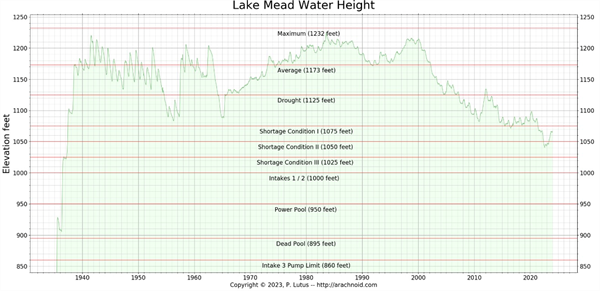-
Dec 1, 2021Aphids Showing Up in Fall Produce CropsNow that worm and thrips pressure are steadily slowing down with the cooler weather, you should be thinking about aphids if you aren’t doing so already. With the seasonal transition to cooler temperatures now occurring, along with shorter days and consistent N-NW winds, you have likely seen winged aphids showing up on your produce crops. Remember, aphids are cool season pests and don’t do well in warm weather. Winged aphid numbers on yellow sticky traps have been spiking in the Bard, North Gila, and Yuma Valleys over the past few weeks (see Areawide Trapping Network). This is not a surprise; experience shows us that this immigration occurs annually each fall. Aphid species found on winter produce crops (i.e., green peach aphid, foxglove aphids, lettuce aphids, cabbage/turnip aphids) do not over-summer here, rather they migrate into our cropping system from mountainous regions of southern California via wind currents during the fall. They also arrive to the desert on infested transplants originating from the coast. We’ve recently found lettuce aphid colonizing organic lettuce transplants. Once aphids reach our desert valleys, they typically land on native vegetation and then into produce fields, moving among weeds and crops until they find a suitable host to feed and colonize on. But no need to panic if you suddenly find a few winged aphids on a lettuce plant. But it is important that you correctly identify the aphid species present. This time of the year it’s not uncommon to find winged aphids on lettuce that do not colonize the crop. Examples of winged aphids that can be found on produce crops would include aphids that colonize small grains (i.e., oat bird-cherry aphid) or alfalfa (i.e., blue alfalfa aphid, cowpea aphid). Because these aphid species will not colonize produce crops, it is important to be able to distinguish them from the aphids that do colonize and require management to prevent problems at harvest (i.e., green peach aphid, foxglove aphid, lettuce aphid, cabbage aphid, turnip aphid). Knowing which aphid species is colonizing your crop can also influence your choice of insecticide, but more on that in a later update. Bottom Line: proper aphid identification is important; it can save a PCA time and money and prevent unnecessary insecticide applications. If you find an unusual aphid in your produce, don’t hesitate to drop it by the Ag Center and we’ll get it identified for you. If you want to make fast and accurate IDs, you might use the attached publication Aphid Identification Guide for Desert Produce Crops that can assist you in identifying winged and wingless (apterous) aphids important in leafy vegetables and Cole crops.To contact John Palumbo go to: jpalumbo@ag.Arizona.edu










